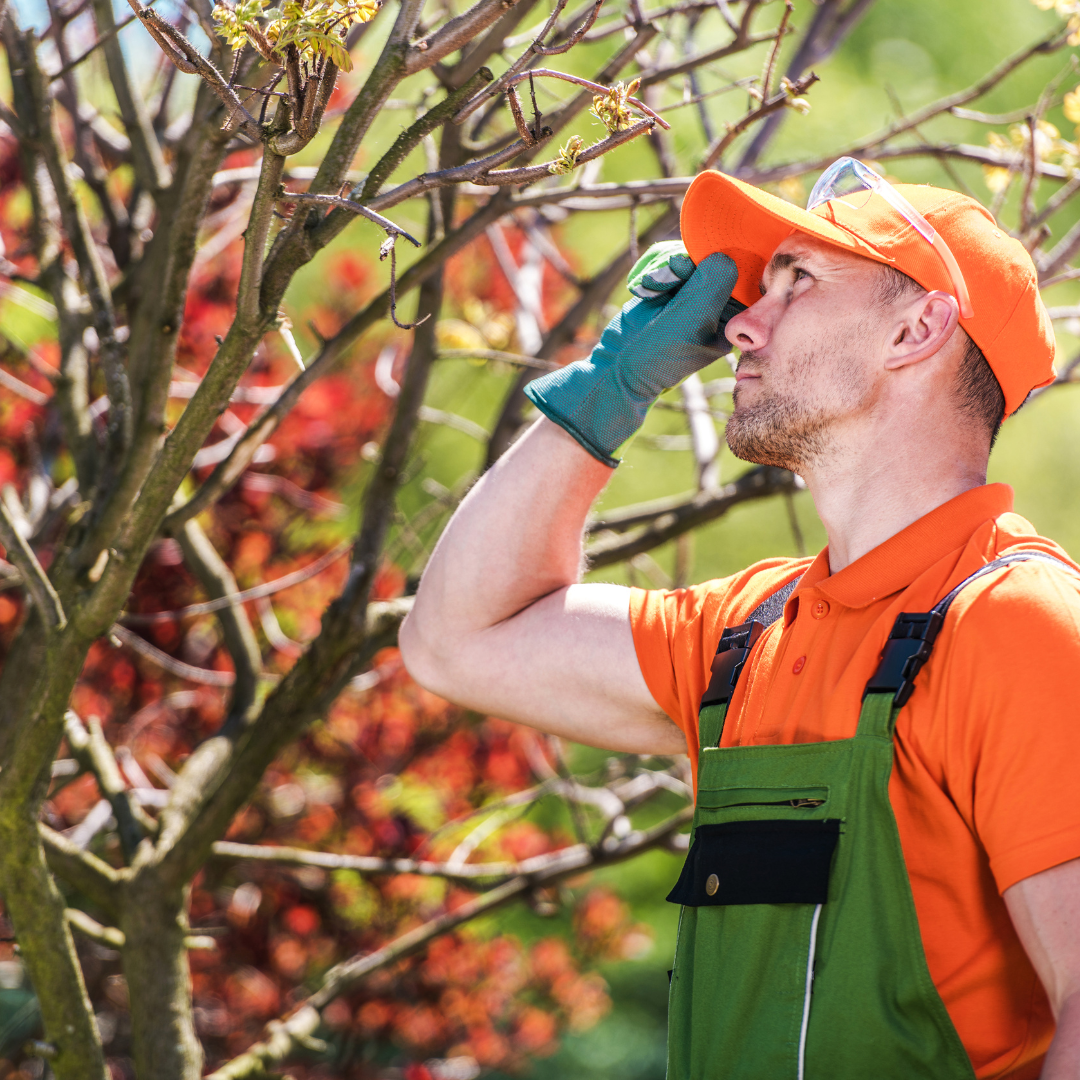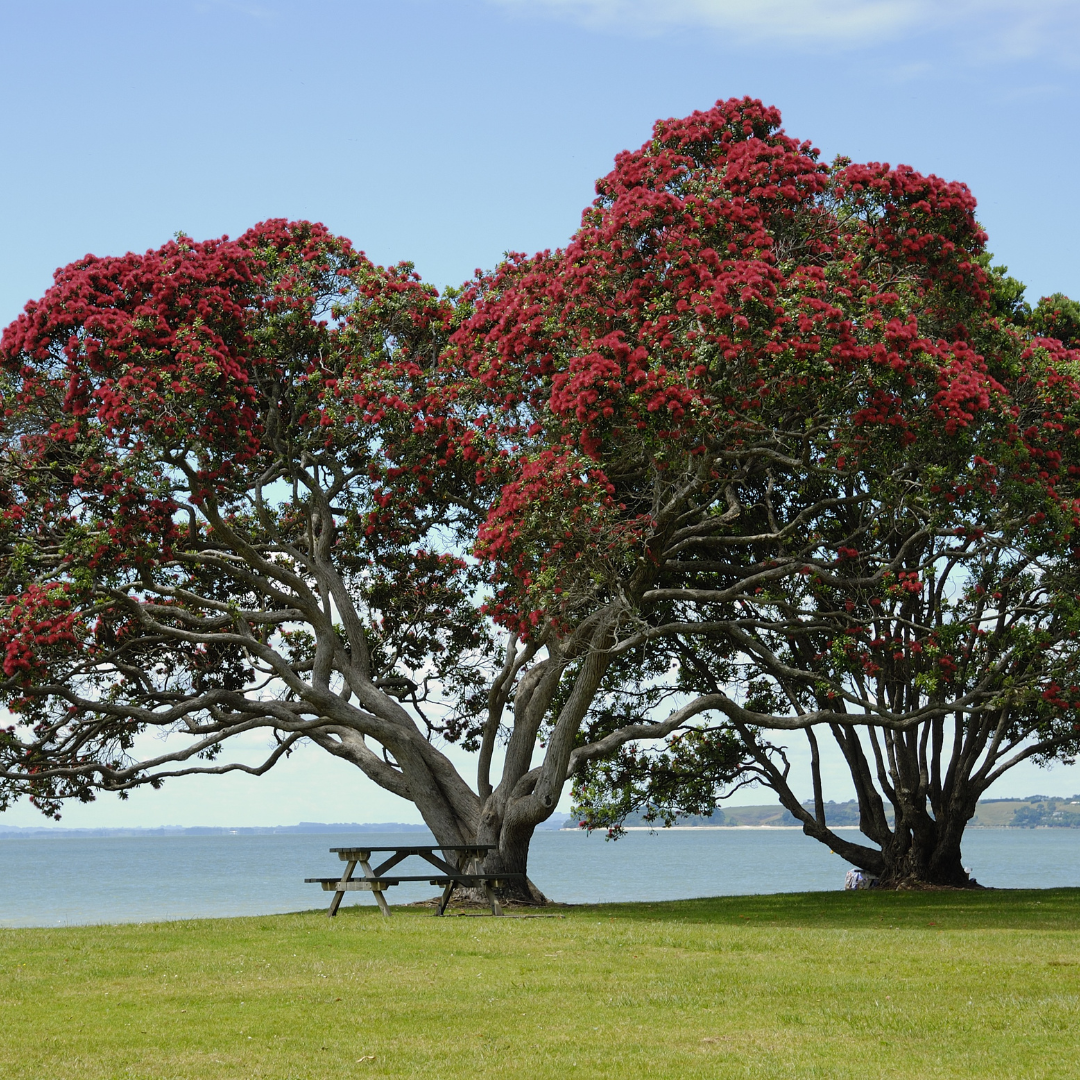How Do I Know When a Tree is Sick?
Trees are vital to our environment, providing shade, oxygen, and beauty to our surroundings. However, just like any other living organism, trees can fall ill. Recognizing the signs of a sick tree early can help you take action to save it. In this post, we'll explore how to identify a sick tree and what steps you can take to nurse it back to health.
Signs Your Tree May Be Sick
Discolored Leaves
One of the first signs of a sick tree is discolored leaves. If you notice yellowing, browning, or leaves with unusual spots, this could indicate a problem. Healthy leaves should be vibrant and consistent in color.
Premature Leaf Drop
If your tree is shedding leaves out of season, it could be a sign of stress or illness. While some trees naturally shed leaves during certain seasons, unexpected leaf drop is a red flag.
Dead Branches
Look for branches that are brittle, dry, or devoid of leaves. These dead branches are often a sign that something is wrong. You can perform a simple scratch test on a branch; if the tissue beneath the bark is brown and dry, the branch is dead.
Bark Abnormalities
Healthy bark is essential for a tree's well-being. If you notice cracks, cankers, or areas where the bark is peeling away, it may indicate an underlying issue. Cankers are sunken, dead areas on the bark and are a sure sign of disease.

Fungus Growth
Fungi, such as mushrooms growing at the base of the tree or on its bark, are a clear indication that the tree is decaying internally. Fungal growth is a serious sign and often suggests that the tree's health is compromised.
Unusual Growths or Swellings
Burl formations or other unusual swellings can indicate disease. While not always harmful, it's best to consult a professional if you notice these growths, as they can sometimes be a sign of underlying issues.
Common Tree Diseases
Dutch Elm Disease
This fungal disease affects elm trees and is spread by bark beetles. Symptoms include yellowing leaves, wilting, and branch dieback. Early detection is crucial for managing this disease.
Oak Wilt
Oak wilt is a severe fungal disease that spreads through root grafts and insect vectors. Symptoms include leaf discoloration, wilting, and eventually, death. Red oaks are particularly susceptible to this disease.
Pine Beetle Infestation
Pine beetles can devastate pine forests. Symptoms include the appearance of small holes in the bark, pitch tubes (small sap masses), and yellowing needles. Infested trees often die within a few months.
What To Do If Your Tree is Sick
Consult an Arborist
If you suspect your tree is sick, the best course of action is to consult a certified arborist. They can diagnose the issue and recommend treatment options.
Prune Affected Areas
Pruning dead or diseased branches can help prevent the spread of disease and improve the tree's overall health. Ensure you use sterilized tools to avoid further contamination.
Water and Fertilize
Ensure your tree is receiving adequate water and nutrients. Stress from drought or poor soil conditions can weaken a tree and make it more susceptible to disease.
Use Fungicides or Insecticides
For certain diseases and pests, fungicides or insecticides may be necessary. Always follow label instructions and consult a professional before applying these treatments.
Improve Soil Conditions
Healthy soil is vital for a tree's health. Consider mulching around the base of the tree to retain moisture and improve soil quality. Avoid piling mulch against the trunk, as this can promote rot.
Conclusion
Recognizing the signs of a sick tree early can make a significant difference in its survival. Regularly inspect your trees for any abnormalities and take prompt action if you notice any issues. By staying vigilant and providing proper care, you can ensure the health and longevity of your trees.
If you're unsure about the health of your tree, don't hesitate to reach out for expert advice.
By following these tips, you'll be well-equipped to identify and address any issues your trees may face, keeping your landscape beautiful and healthy for years to come.
Why Customer Reviews Matter When Choosing a Tree Service Company
Building Trust and Credibility
In today's connected world, customer reviews have become a vital part of the decision-making process for many services, including choosing a tree service company. When faced with various options, potential clients often rely on the experiences and feedback of previous customers to make informed decisions. But why are these reviews so crucial? Let's explore the reasons why customer reviews should be a key factor when selecting a tree service company.
Word-of-Mouth in the Digital Age
In the past, word-of-mouth recommendations from friends and family were the primary way people found reliable services. Today, online reviews serve a similar purpose but reach a much wider audience. When a tree service company has numerous positive reviews, it reflects a history of satisfied customers, building trust and credibility.
Authentic Experiences
Customer reviews provide real, unfiltered feedback from individuals who have used the service. These authentic experiences can give potential customers confidence that the company delivers on its promises.
Insight into Service Quality
Consistency in Performance
One of the biggest advantages of customer reviews is the ability to gauge the consistency of a company's performance. A tree service company with consistently high ratings across multiple reviews is likely to provide reliable, high-quality service.
Specific Details
Reviews often include specific details about the service provided, the professionalism of the workers, the cleanliness of the worksite, and the efficiency of the job. These details offer deeper insights than marketing materials or a company's website might provide.
Identifying Red Flags
Patterns of Negative Feedback
While no company is perfect, patterns of negative feedback can be a red flag. If multiple reviewers mention issues such as poor communication, hidden fees, or shoddy workmanship, it's worth considering these potential problems before hiring the company.
Response to Criticism
How a company responds to negative reviews can also be telling. A tree service company that addresses complaints professionally and seeks to resolve issues demonstrates a commitment to customer satisfaction.
Comparing Competitors
Benchmarking
Customer reviews allow you to compare different tree service companies against each other. By examining the strengths and weaknesses highlighted in reviews, you can determine which company is the best fit for your needs.
Service Differentiation
Some reviews may highlight unique aspects of a company's service, such as eco-friendly practices, specialized equipment, or exceptional customer service. These differentiators can help you choose a company that aligns with your values and requirements. For example, Novato Tree Service has several reviews that call out how meticulous we are in leaving customer's property neat and clean.
Making an Informed Decision
Weighing Pros and Cons
Reviews help you weigh the pros and cons of each tree service company. By considering both positive and negative feedback, you can make a more balanced and informed decision.
Peace of Mind
Ultimately, choosing a tree service company based on customer reviews provides peace of mind. Knowing that others have had positive experiences with the company can alleviate concerns and enhance confidence in your choice.
Conclusion
When choosing a tree service company, customer reviews are an invaluable resource. They build trust, provide insights into service quality, identify potential red flags, allow for competitor comparison, and help you make informed decisions. Next time you're in need of tree services, take the time to read through reviews—your trees (and your wallet) will thank you.



